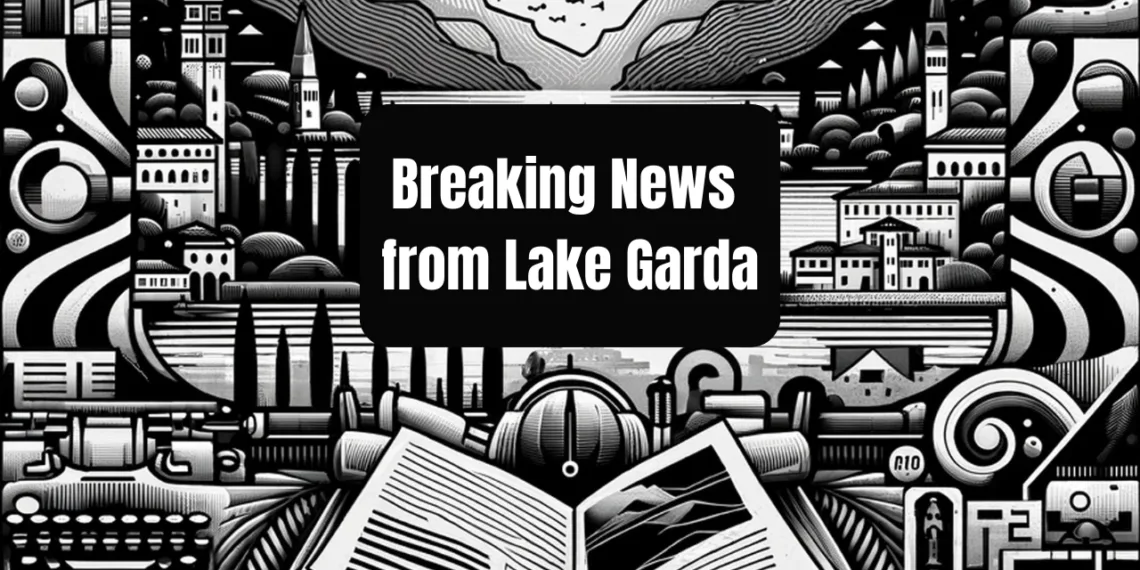The Salò earthquake, which occurred on the night of November 24, 2004, struck the areas of Lake Garda and Valsabbia with a magnitude of 5.2, generating a wave of destruction that affected as many as 66 municipalities. Although there were no direct casualties, the quake led to the evacuation of approximately 2,200 people and caused damage to over 3,000 buildings. The tremor, originating at a depth of about sixteen thousand meters beneath the lake’s surface, was felt as far away as Switzerland and Tuscany, marking it as one of the most significant seismic events in the region.
Two decades later, the reconstruction of Valsabbia has been fueled not only by public funds amounting to 121 million euros to address the estimated economic damages of 215 million euros but also by the determination of local communities to restore what was lost. The collective memory of that night remains vivid: everyone recalls where they were and how they faced the emergency triggered by the 2004 earthquake, an event that profoundly impacted the recent history of the area.


